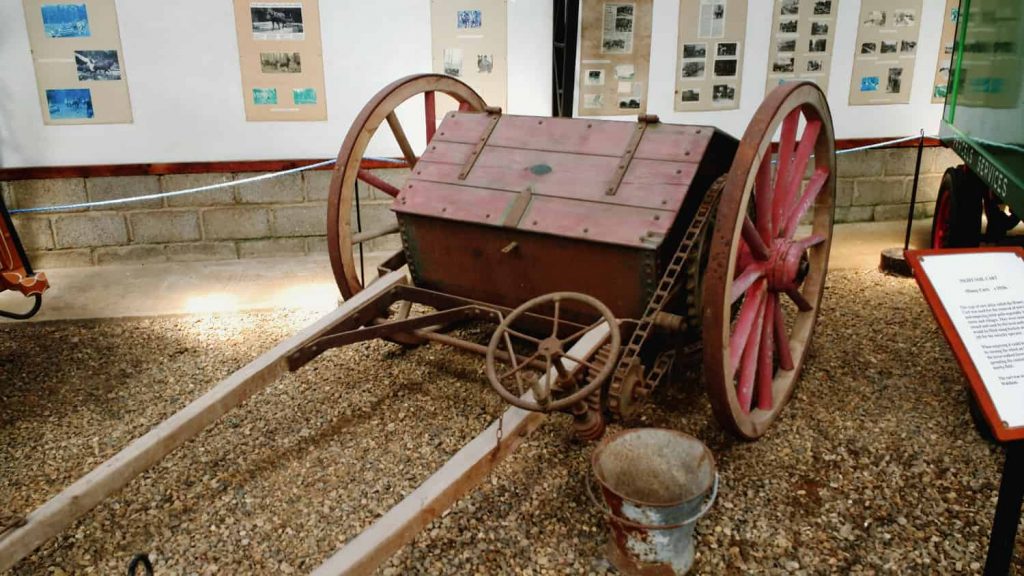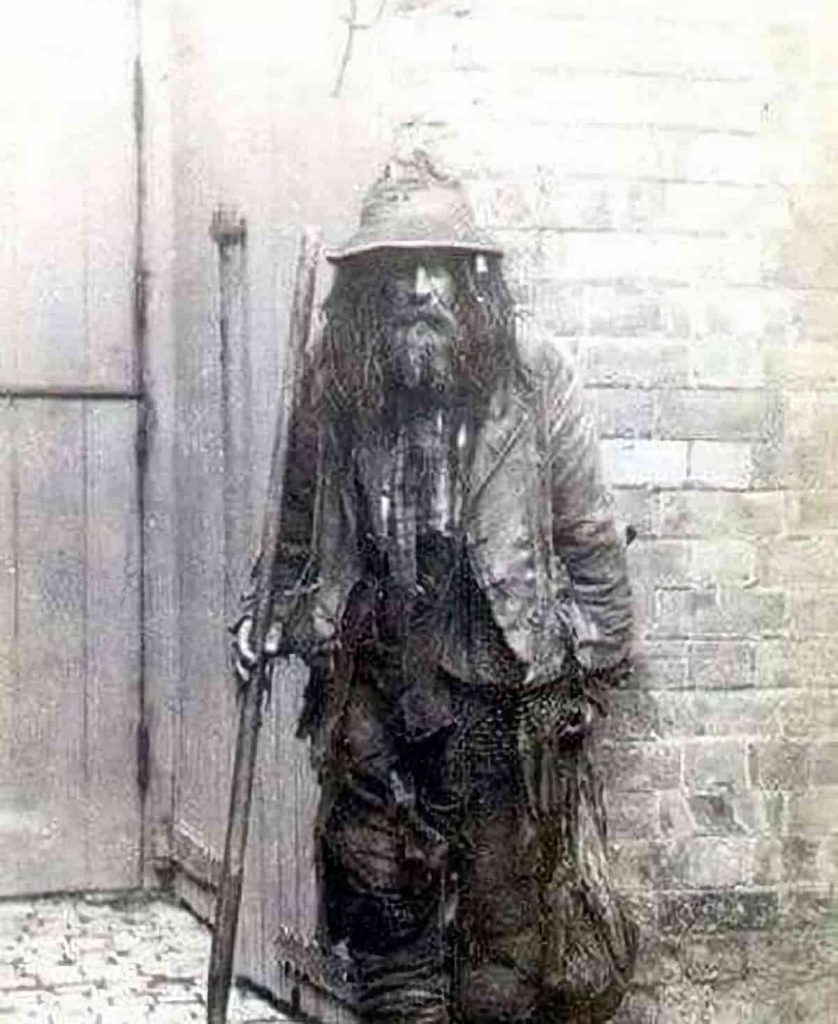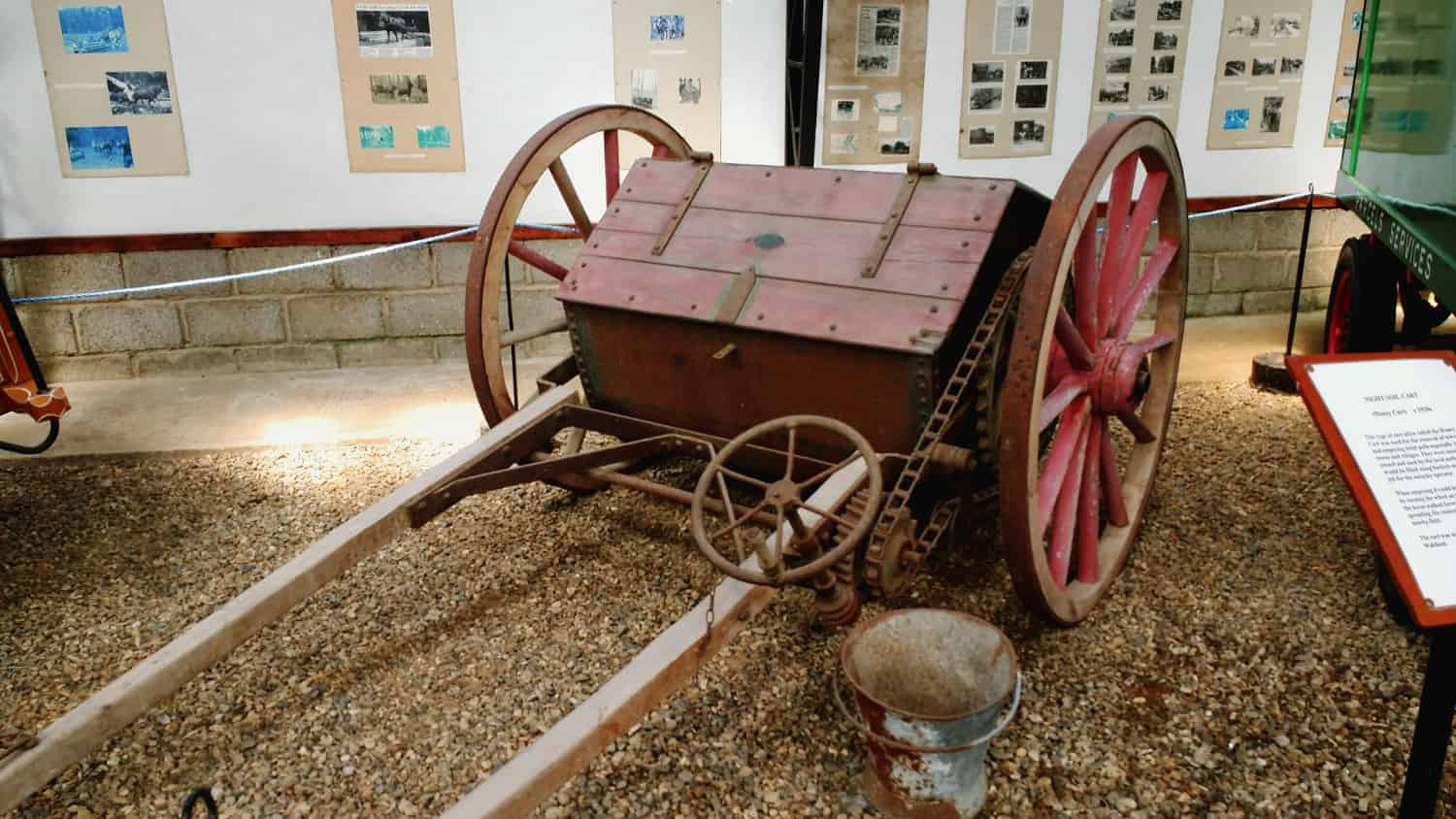Night Soil, is untreated, uncomposted human excrement (aka raw poo). It was commonly used as a fertiliser on farms in the United Kingdom until around 60 years ago. It’s still used in some countries today, but comes with health risks as raw human faeces can be a vector of human to human disease transmission.

Today, research has shown us that the composting process will eliminate the potential risks of using human ‘waste’ as a compost ingredient, rendering it safe, and additionally, compost is generally better for the soil than manure (better structure, less nutrient run-off etc, greater bio-availability of nutrients to the plants etc.).
Using a compost toilet is not taking us backwards hundreds of years – we apply modern scientific rigour, knowledge and understanding so we know that composting is an essential and desirable aspect to dealing with human ‘waste’ and turning it into a safe and valuable resource, and all without the use of drinking water, or the subsequent issues of processing sewage.
Creating and using ‘humanure’ compost will be an essential aspect of a natural, circular, regenerative and fossil-fuel free economy in which we can start to balance outputs and inputs.
The Night Soil man of old has had his day (thankfully), but the day of the composting toilet is just dawning!
The biggest challenge is changing peoples attitude towards non-flush toilets!

Update: I had originally created this article with the above image of ‘The Night Soil Man’, which is the context I had originally located it. Subsequently (see comments below) it’s been confirmed that the image is NOT of a Night Soil Man, but is of a gentlemen called Joseph Underhill aka the Pailton Miser.
https://www.ourwarwickshire.org.uk/content/article/joseph-underhill-pailton-miser
If you’re interested in more of the history of night soil, this website has lots of information, images and photographs:

Leave a Reply